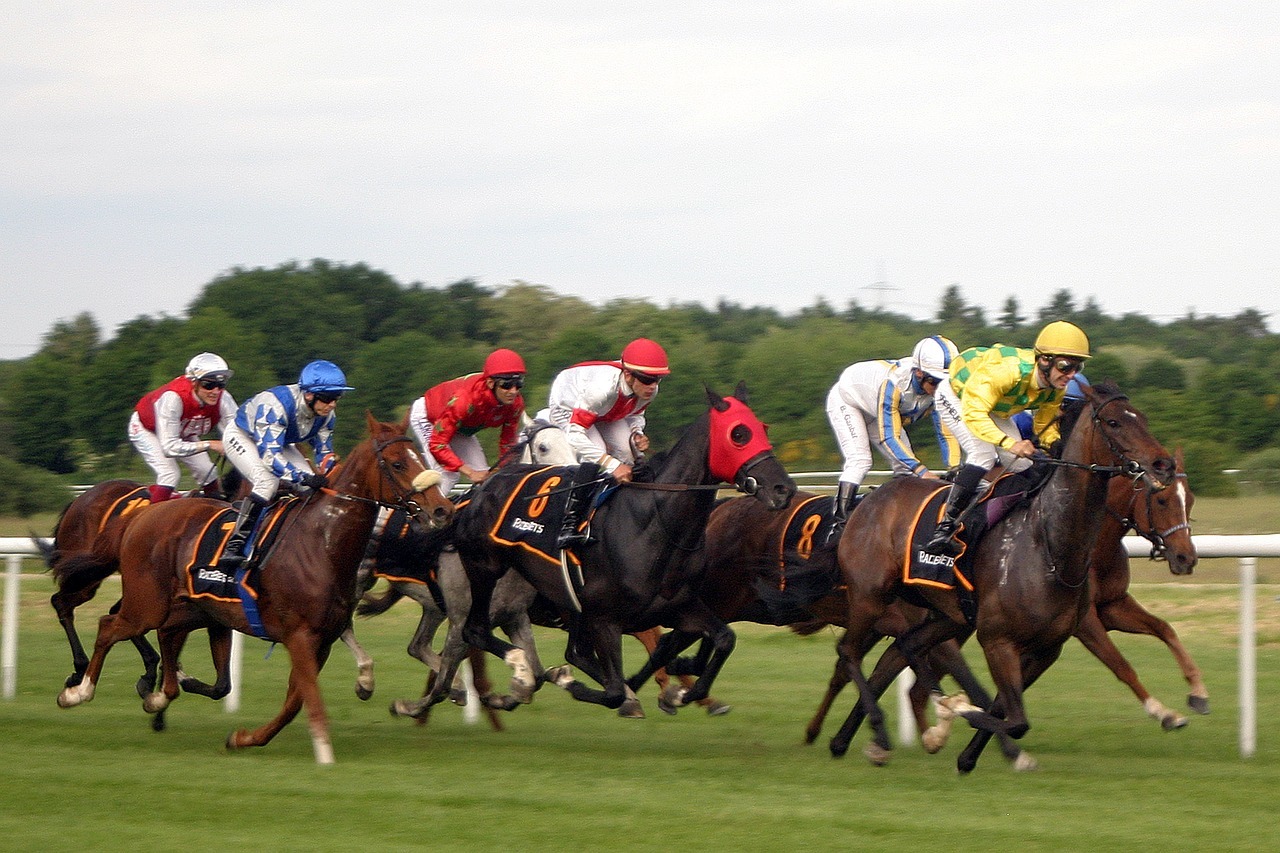The Kosciuszko is part of Racing NSW’s attempt to rival Racing Victoria during the spring carnival, having been added to the program just three years ago. In just three editions of the event it has already become a significant part of the calendar, and this is all that you need to know about the race.
Why was it created?
Racing Victoria has long been the home of the majority of the most significant races during the Australian spring, and in recent years Racing NSW has revamped its program in an effort to bring more interest to their own Spring Racing Carnival. It started with the development of The Everest, the world’s richest race, in 2017, and a year later the aptly named Kosciuszko was added as something of a little cousin to the larger Everest.
But while The Everest sees the most talented sprinters in the country line up, The Kosciuszko’s focus is a little different. It is intended to be a showcase of regional racing in NSW, and as a result only horses trained in country NSW are eligible to compete.
The race details
The Kosciuszko takes place at the Randwick Racecourse in Sydney, and is run on the same day as the Caulfield Cup in Melbourne. It’s a 1,200-metre race run under Set Weights and Penalty conditions consisting of a solitary right-hand bend, and 14 horses are able to compete – a number which increased from 12 back in 2019.
Entrants are competing for a prize pool of $1.3 million, a number which pales in comparison to the extraordinary $15 million on offer for The Everest, but which is still enough to make this the richest race for country-trained horses on the planet. Of that $1.3 million, 685,000 goes to the winner, $260,000 to second, $130,000 to third, $65,000 to fourth, $32,500 to fifth and $20,000 to sixth. Connections of the horses finishing from seventh to tenth receive $16,000, while 11th and 12th get $8,750.
Past winners
The first incarnation of The Kosciuszko saw a massive upset take place when Belflyer took it out despite jumping at huge $71 odds. The then-seven-year-old was first up, having enjoyed an eight-week break before that race, and surprised punters around the country when he took it out.
The next year Handle the Truth was a much less surprising winner, nudging out favourite Victorem after jumping at $7. The gelding had enjoyed plenty of metropolitan race experience, and had raced just a couple of weeks prior in a Benchmark 88 at the same course, where he finished fifth by just 1.3 lengths.
In 2020, a favourite finally got over the line when It’s Me, paying just $2, lugged a very light 53 kilograms to victory. She demonstrated the potential quality of country-trained horses and was favourite for a reason – in the first three race starts of her career, one of which was at Scone and two at Randwick, she won emphatically, and though The Kosciuszko win was a little closer, she remains undefeated with four wins from four races.
Racing in New South Wales has undergone significant changes in recent years, and The Kosciuszko is one of its newest races. A chance to showcase the most talented country-trained sprinters in the country, it’s a unique event which has so far proven very popular, and given it’s only been part of the schedule for three years, that popularity will likely continue to grow in the coming years.

